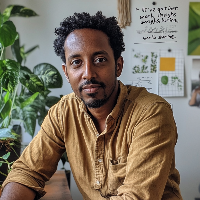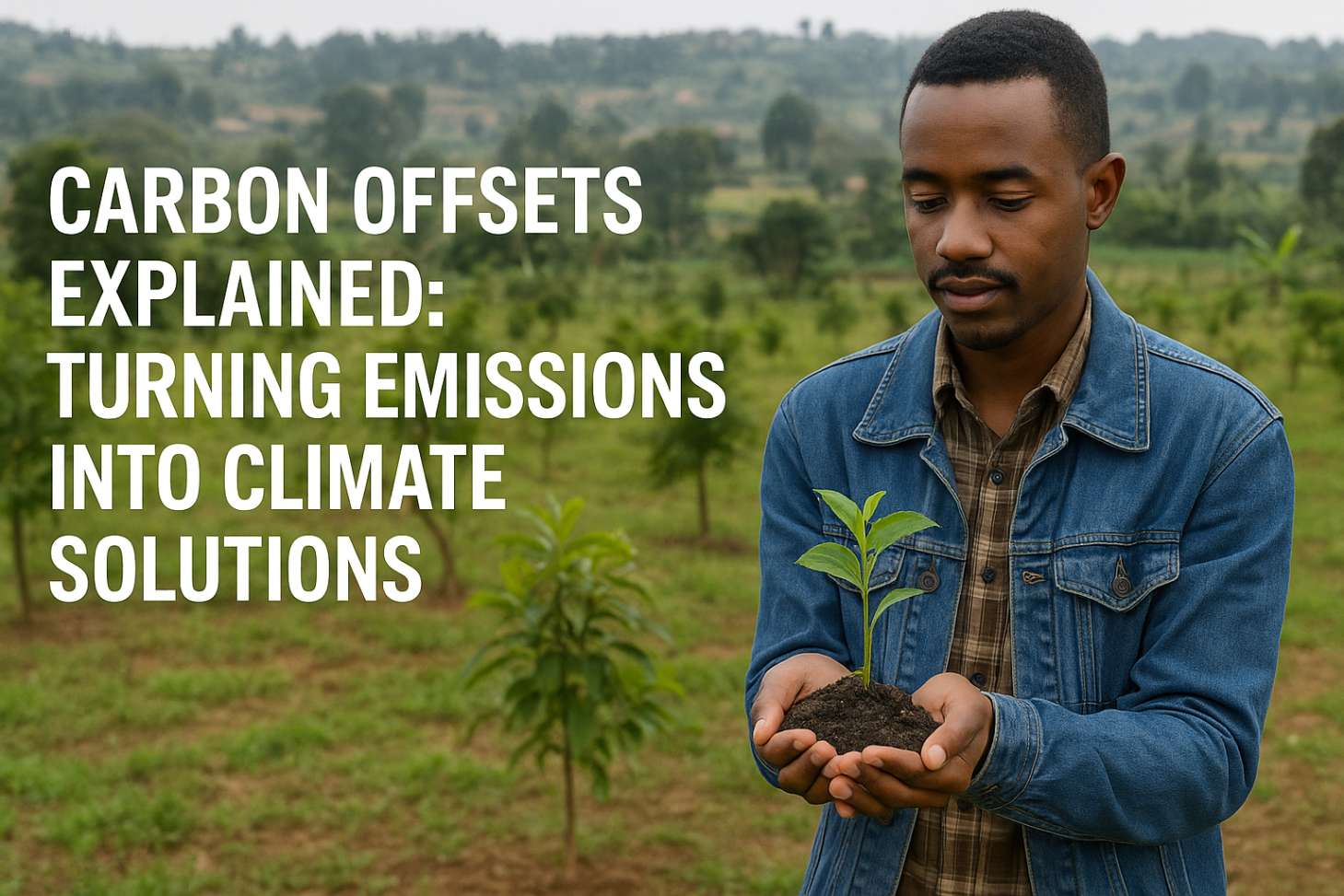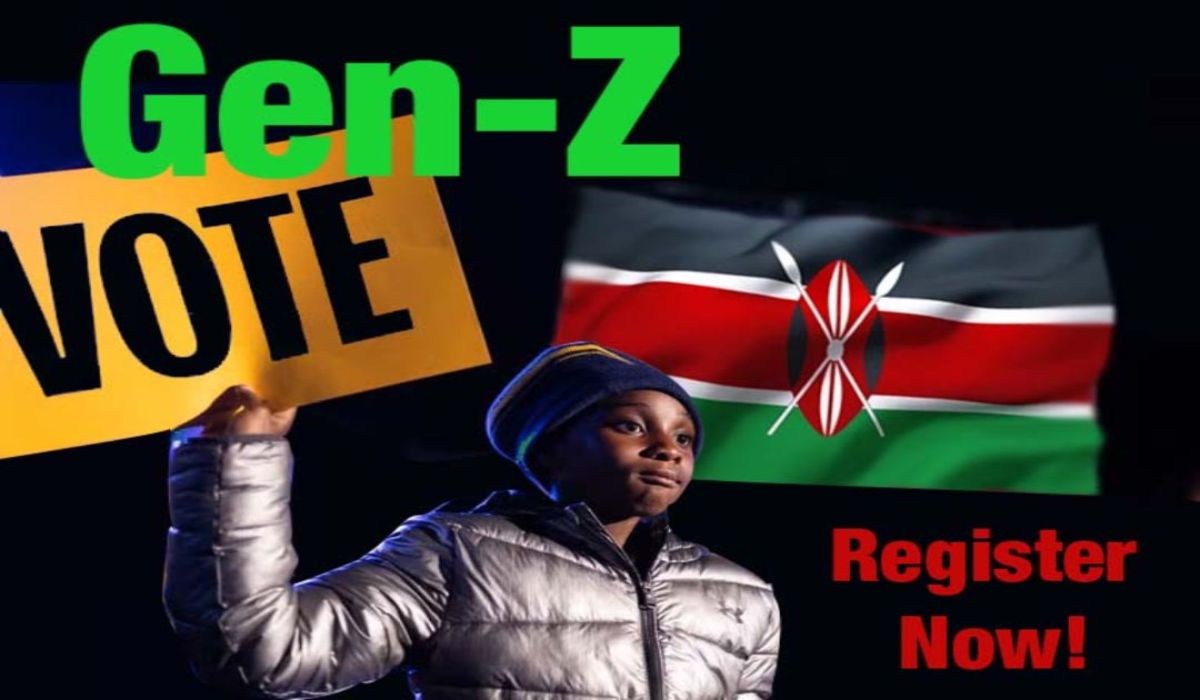In simple terms, a carbon offset or credit represents the reduction or removal of one metric ton of carbon dioxide from the atmosphere. This is accomplished by projects that sequester carbon, like planting trees that absorb CO₂ as they grow. Another valuable way is to avoid emissions and replace a diesel-powered machine with solar panels so that fewer fossil fuels are burned. A project is eligible to issue 1,000 carbon credits when it can demonstrate that it has reduced CO₂ by, say, 1,000 tons. In exchange for claiming an equivalent emissions reduction on paper, organizations can buy these credits to offset their emissions, thereby funding the project's climate action.
However, these offsets must originate from reliable projects. International standards such as Verified Carbon Standard (VCS) and Gold Standard are useful in this situation. These organizations attest to the fact that emission reductions are genuine, and are not possible without the project, and accurately quantified. For example, the Gold Standard guarantees that projects fulfill stringent requirements and are validated by impartial third-party auditors.
Similarly, one of the most popular carbon crediting schemes in the world, VCS is renowned for its transparent and exacting procedures. Carbon offset projects gain credibility by adhering to these standards, which reassures consumers that one credit corresponds to one ton of emissions reduced.
Another defining feature of high-quality carbon offsets is their co-benefits for sustainable development. Carbon projects frequently enhance ecosystems and human lives in addition to reducing carbon emissions. Actually, according to marketplace.goldstandard.org, every Gold Standard-certified project needs to show how it advances at least three of the UN Sustainable Development Goals, such as enhancing health, lowering poverty, or preserving biodiversity. Here in Kenya, where environmental preservation and community development go hand in hand, this means that a well-designed offset project not only combats climate change but also helps local communities.
Kenya has emerged as a center for creative carbon offset projects in Africa with dozens of initiatives registered under respectable standards. Over 40 million carbon credits had been issued by Kenya's 72 voluntary carbon market projects as of the end of 2022. These initiatives span a variety of industries and are all focused on lowering greenhouse gas emissions and improving communities, from renewable energy to forest conservation and tree planting.




